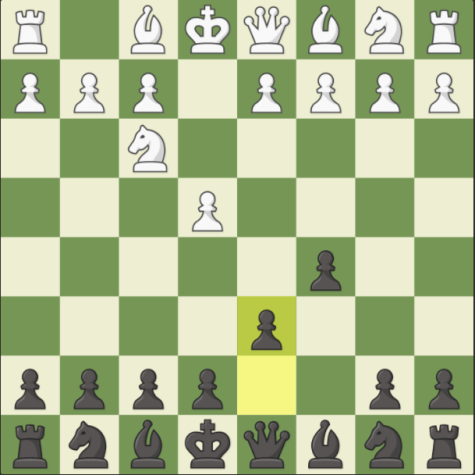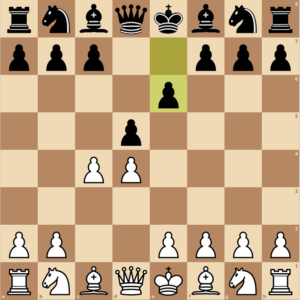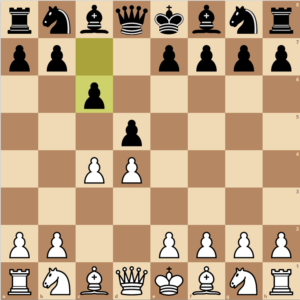
The “opening” or “opening movements” in a chess game are the first moves. A strong start provides better king protection, control over a sector of the board (particularly the center), more piece mobility, and possibly even opportunities to capture enemy pawns and pieces. The possible opening moves of chess have been extensively studied for hundreds of years, and many of these sequences have been given names to simplify the discussion of a game. Chess opening moves have been carefully researched for hundreds of years, and many of these sequences have been given names to facilitate game discussion, a very well-known opening would be the Queen’s Gambit. These 7 openings will help you master the game of chess.
1. Sicilian Defense (black)

White plays e4 and black starts with c5, the Sicilian Defense. Black is controlling the d4 and b4 squares instead of the e pawn. It also frees out the queen, giving an advantage over white early in the game. Usually, white would move the knight to f3 preparing for the d pawn push. Black will have to play d6 guarding the c5 pawn. Moving the d pawn up frees the bishop from any traps. Now at this point, black would take the pawn from d4, knight takes, black moves up knight f6 guarding e pawn, and white plays knight to e3. After this point, black decides whatever they want the game to take. The Sicilian Defense enables black to target the d4 square and struggle for the center without the symmetry that one …e5 provides. This commonly results in lopsided positions with black having a pawn majority in the center after selling his c-pawn for white’s d-pawn.
2. Ruy Lopez (White)

Most Grandmasters play the Ruy Lopez, a classic but powerful opening that will always be evergreen from novices to masters. To win a chess game early on, the best way is to develop your pieces and control the center, the Ruy Lopez in theory tries to fulfill all those roles. Pawn to e4 not only centralizes your pieces but having a nice control in the center will help in the end game, this move also opens up diagonals for the queen and bishop to develop. If black does not play e5, you can play pawn to d4, having control over the center. These two pawns will allow most of your pieces to develop.
3. Queens Gambit (White)

The Queens Gambit starts with d4 and d5. Then you play e4. This move is called the Queen’s Gambit because it is on the queen’s side of the board and it is a gambit because you’re giving up a pawn for some kind of compensation. If the pawn from d5 takes pawn from e4, they give up the central control and you can play pawn to e4 giving you a strong connected pawn structure. However, if black doesn’t take and declines the gambit, you can play knight to f3 guarding the pawn in the middle.
4. Slav Defense

The Slav Defense is a very safe opening for black against the Queen’s Gambit. By playing c7-c6, black develops their pieces while supporting the center pawns. Unlike the Caro Kahn, the Slav leads to a symmetrical position. Even though the opening theory continuously develops and better engines are made, there is no easy way for white to get an advantage against this opening.
5. The French Defense

The concept behind the French Defense is that black plays e6 to get ready to move d7-d5 and confront white’s pawn on e4 right away. The French Defense is a reliable but cunning opening that has been employed by some of the top chess players in the world. When executed properly, the French Defense can trap pieces, making them unable to move. This type of defense punishes overly aggressive players.














